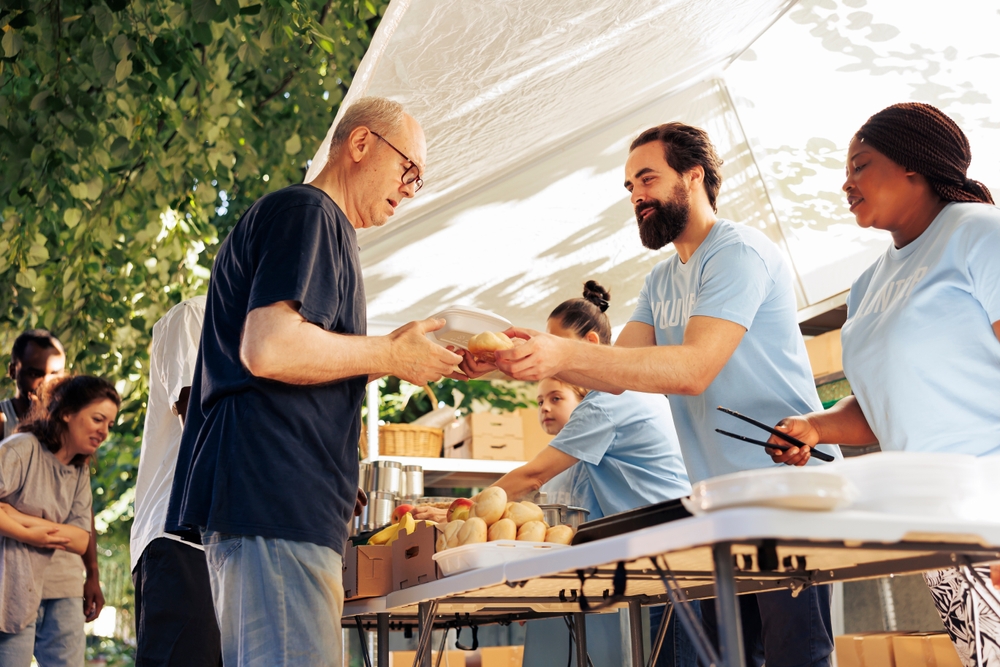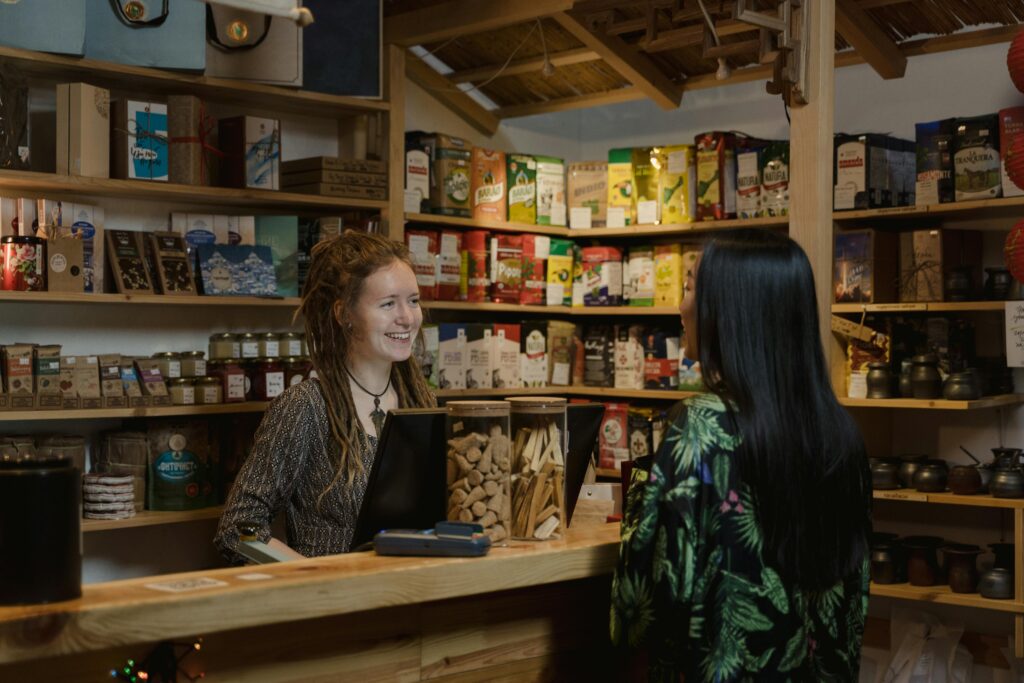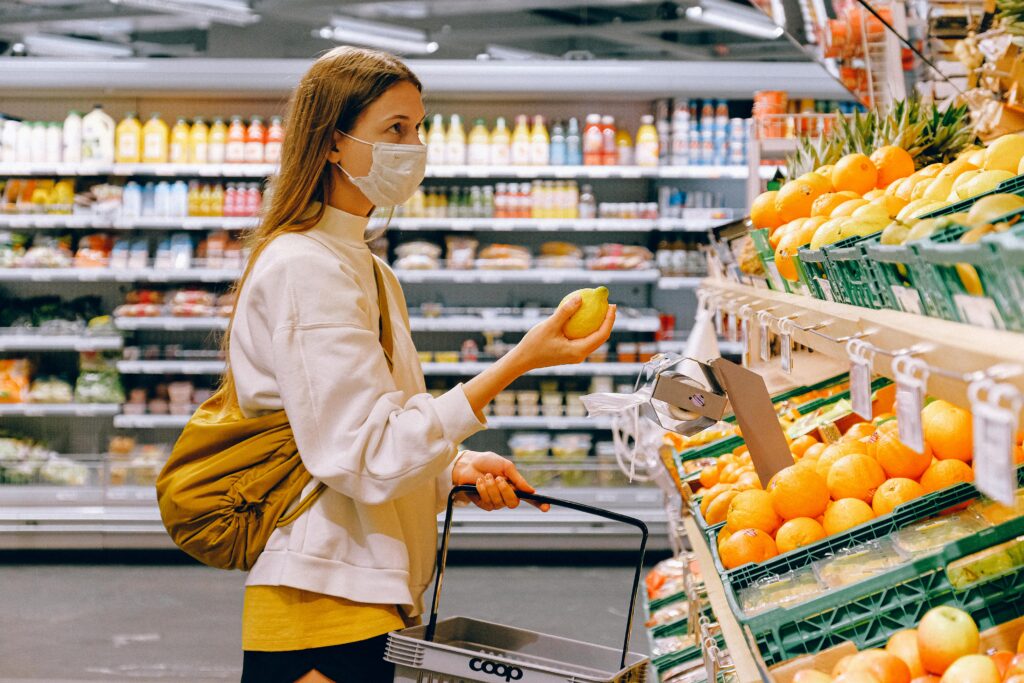
In downtown Regina, Saskatchewan, a quiet but transformative idea is taking shape. Among rows of fresh produce, local grains, and neatly stocked shelves, Canada’s first free grocery store is preparing to open its doors to families who need it most.
Unlike the traditional food bank model, this new store allows people to shop for their groceries in the same way anyone else would, except for one remarkable difference: there are no prices, no checkouts, and no stigma. It is called the Community Food Hub, or asahtowikamik in Cree, meaning “food lodge,” and it could change how the country thinks about hunger.
A New Model of Giving
The idea behind Regina’s Community Food Hub is disarmingly simple but profoundly humane: food assistance should empower, not restrict. For decades, Canadian food banks have relied on the “hamper model,” distributing boxes of food pre-packed from available donations. While this approach has fed millions, it has also left many with little control over what they receive.
David Froh, Vice President of the Regina Food Bank, explained that the organization wanted to rethink what helping others truly means. “None of us fit in a box, but that’s what we give our clients today,” he said. “When you give choices, you give not just dignity but actually, we figure we can feed about 25 percent more people.”
The math behind that claim is compelling. Allowing families to choose their food reduces waste, since people are less likely to receive items they cannot use or do not want. It also brings a sense of ownership to an experience that is often stripped of it. Clients will visit the free grocery store with a credit equivalent to 200 Canadian dollars per person and shop like anyone else would, selecting food that suits their families’ preferences, dietary needs, and cultural traditions.
From Food Bank to Food Hub

The Community Food Hub represents years of planning, fundraising, and dreaming on the part of the Regina Food Bank. It is located in a downtown building that once belonged to the provincial government. The Food Bank purchased it for 750,000 dollars and transformed it into a modern, grocery-style space filled with light, color, and a sense of community.
The total cost of the project reached 5 million dollars, funded entirely through community donations. The bank’s “Feed Our Future” campaign brought together a network of donors, from corporate sponsors contributing hundreds of thousands of dollars to children donating coins from their piggy banks. Every contribution, large or small, helped bring this first-of-its-kind grocery store to life.
Half of the food available at the Hub will come from Saskatchewan producers. This focus on local sourcing not only reduces transportation costs and supports farmers, it also ensures that food is fresher and more sustainable. Shoppers will find everything from lentils and oats to eggs, chicken, and dairy products, all sourced within the province whenever possible.
BMO, one of Canada’s major banks, contributed one million dollars to the initiative. Their investment helped establish what is officially known as the BMO Asahtowikamik Community Food Hub. Helen Seibel, BMO’s Head of Community and Employee Giving, described it as a powerful example of partnership. “Choice accompanies dignity,” she said, “and the BMO Asahtowikamik Community Food Hub is a wonderful example of that.”
A Crisis Demanding Innovation

The timing of this project could not be more critical. Across Canada, food bank usage has surged to unprecedented levels. In the last five years alone, usage has increased by 76 percent. In Regina, the Food Bank serves over 17,000 people every month, and nearly half of them are children. In 2023, that number translated to more than 66,000 households, a 17 percent rise from the previous year.
For many families, the problem isn’t unemployment, but affordability. The cost of groceries, housing, and utilities continues to rise faster than wages. Eighteen percent of the Regina Food Bank’s clients are employed full-time, yet still cannot afford food consistently. That reality challenges old assumptions about who relies on food banks and underscores the urgency of developing more sustainable, dignified solutions.
John Bailey, the Food Bank’s CEO, believes that the new model will not only provide food but restore confidence and self-worth. “People feel less food insecure just by choosing what they need,” he said. “It actually increases a sense of food security by five to ten percent.”
That psychological effect is as vital as the physical nourishment. When people regain the ability to make choices about their meals, they also regain a measure of control over their lives. In a world where economic instability often strips people of that autonomy, something as simple as choosing a favorite cereal or selecting fresh fruit for a child’s lunch can become deeply meaningful.
Beyond Groceries: A Community Gathering Place

The Community Food Hub is designed to be more than a store. It will also serve as an educational and social space, offering programs in financial and nutritional literacy, Indigenous-led food sovereignty, and community health. The goal is to address food insecurity not just as a logistical challenge, but as a symptom of broader inequalities that include education, income, and access.
The building’s outdoor area is being transformed into a welcoming community space, complete with a basketball court, playground, benches, and greenery. It will serve as a place for families to gather, children to play, and community members to connect. “Thanks to our donors, this space will be a hub for programming,” said Jeff Linner, Chair of the Capital Campaign. “It will truly allow us to give a hand up to thousands of people in our community.”
Inside, the Hub is divided into sections sponsored by various local organizations. There is the Mosaic Food Market, the Monette Farms Vegetable Section, and the Chicken Farmers of Saskatchewan Protein Section. The design itself reflects a collaborative spirit that mirrors the community it serves.
Each year, around 5,000 schoolchildren are expected to visit the Hub to learn about nutrition, budgeting, and food systems. For many, it will be their first introduction to the realities of food insecurity and the power of collective action. The hope is that these lessons will plant seeds of empathy and awareness that grow well into the future.
The Meaning Behind Asahtowikamik
The Hub’s Cree name, Asahtowikamik, carries deep cultural significance. Gifted through ceremony by Elder Murray Ironchild of Piapot First Nation, the name translates to “feeding lodge.” It embodies the idea that food nourishes not only the body but also relationships, culture, and community. When people share a meal, they feed both themselves and the bonds that hold them together.
This cultural layer adds a powerful dimension to the project. It acknowledges that hunger is not just about empty stomachs, but about disconnection. By emphasizing choice, respect, and shared responsibility, Asahtowikamik aims to heal not only hunger but also the social divides that often accompany it.
Project committee member Cadmus Delorme summed it up beautifully: “Food is medicine. And medicine is going to help heal in the family and the culture and the kinship together.”

Community-Powered Change
The creation of the Community Food Hub was made possible entirely by collective effort. Local businesses, individual donors, volunteers, and organizations came together around a shared goal: to ensure that no one in Regina goes hungry. The project’s crowdfunding-style approach encouraged everyone to contribute what they could, whether it was a large corporate sponsorship or a small donation from a household budget.
This diversity of support reinforces the idea that fighting hunger is not the job of food banks alone. It is the responsibility of entire communities. As Froh noted, “It takes gifts large and small to pull off a bold national first like this.”
The outpouring of support also reflects a growing shift in public thinking about poverty and food insecurity. Rather than viewing food aid as a one-way act of charity, projects like this invite collaboration and shared purpose. The people who shop at the Hub are not passive recipients; they are community members participating in a system designed to work with them, not for them.

A Blueprint for the Future
The Regina Food Bank’s new approach is already attracting attention from other cities across Canada. Smaller-scale “choice model” food programs exist in some regions, often operating out of church basements or community centers. However, none have achieved the scale, design, and accessibility of the Regina hub.
This is the first time a free grocery store of this size and scope has been opened in Canada, operating full-time, five days a week, and serving thousands of clients regularly. The Food Bank hopes that it will serve as a model for other communities to adopt and adapt.
By showing that dignity and practicality can coexist, Regina’s Food Hub has challenged the perception that charity must come at the cost of autonomy. Froh described it as “a hand up, not a handout.” In his view, this model is not just about feeding people today but changing how society supports them tomorrow.
Already, other Canadian food banks are studying the Regina example closely. If the model proves sustainable, it could inspire similar hubs in cities like Winnipeg, Edmonton, and Toronto, reshaping the country’s entire approach to food insecurity.
The Challenges Ahead

While optimism runs high, the Food Hub’s success will depend on ongoing community support. The organization receives no government funding for its daily operations, relying instead on donations and partnerships. Maintaining stocked shelves, running educational programs, and managing the space all require consistent resources.
Yet Froh remains confident. “Every little bit helps,” he said. “We’re asking people to give what they can.” His hope is that the project continues to remind residents that small acts of generosity can create lasting change.
In practical terms, that means raising the final portion of their campaign goal, continuing to source local food sustainably, and ensuring the Hub can expand its reach. The Food Bank currently serves 200 families a day, and once the system reaches full capacity, it aims to help around 25,000 people each month.
Lessons Beyond Food
At its core, the story of the Community Food Hub is about more than hunger. It is about dignity, community, and the belief that every person deserves the right to choose how they nourish themselves and their families. It also highlights the importance of addressing the root causes of poverty, from housing to education to employment.
By giving people the power to make choices, the Hub fosters not just physical health but emotional well-being. It turns the act of receiving food into an experience of inclusion rather than exclusion. In doing so, it redefines what social support can look like in the modern world.
As food insecurity continues to rise across Canada, the lessons from Regina are clear: innovation and compassion must go hand in hand. Programs that treat people with respect tend to work better because they are built on trust rather than control.
A Hopeful Beginning
When the Community Food Hub officially opens its doors, it will mark not just a milestone for Regina but a potential turning point for the country. Families will walk through its aisles, pushing carts filled with fresh, healthy food. They will be greeted with smiles rather than scrutiny. And when they leave, they will do so with their heads held high.
That moment captures the true spirit of Asahtowikamik. It is not just about feeding the hungry but about nourishing hope. It shows that when a community decides to care differently, it can care better.
Perhaps one day, free grocery stores will become a common sight across Canada, built on the same principles of dignity, choice, and respect that inspired this first one in Regina. And when that happens, people will look back at this store on Broad Street and recognize it for what it is: a small, courageous idea that grew into a movement for a fairer future.
Loading...

